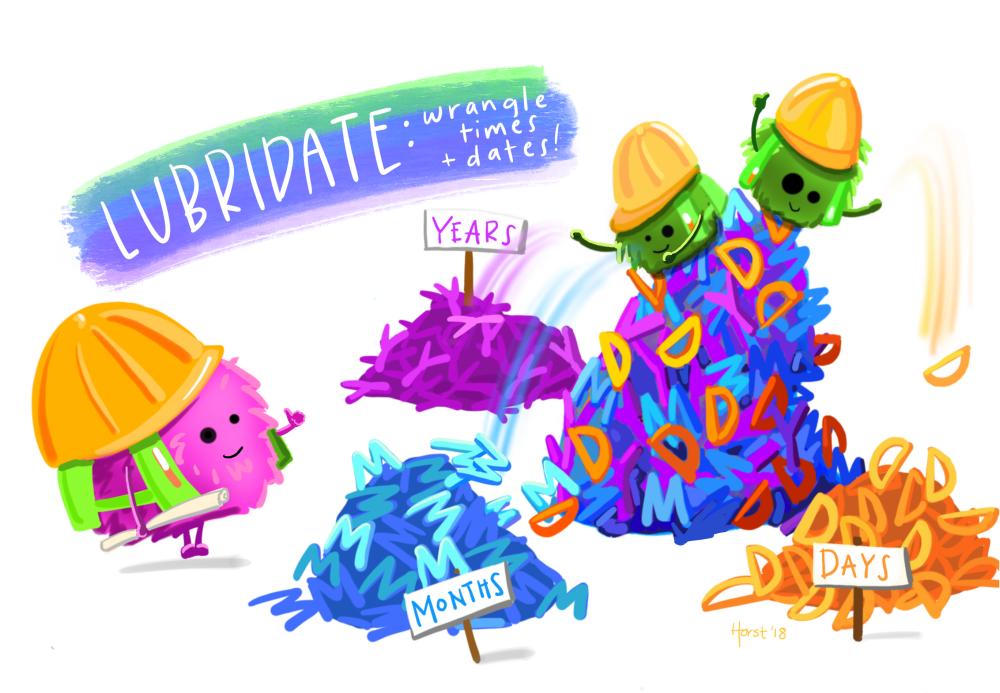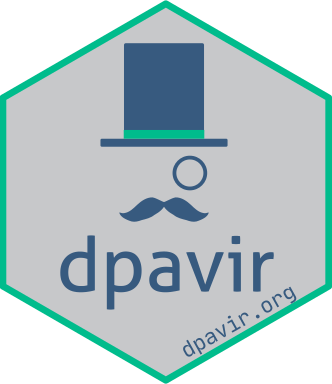data1# A tibble: 12 × 2
test_date birth_date
<date> <chr>
1 2023-01-02 Jul 14, 1997
2 2023-01-02 Jan 28, 1998
3 2023-01-05 Jul 23, 1967
4 2023-01-05 Aug 26, 1987
5 2023-01-08 Nov 09, 1950
6 2023-01-14 Aug 24, 2001
7 2023-01-16 Sep 23, 1979
8 2023-01-23 Mar 22, 1970
9 2023-01-26 Apr 21, 1957
10 2023-01-27 Mar 07, 1989
11 2023-01-27 Nov 03, 1983
12 2023-01-28 Jan 31, 1989

